
Issue 016
November -0001
Dave Coles
A grappling art that has been around for well over a century, judo is a Japanese-invented system of throws, pins and submission holds that has seen a renaissance of late in MMA.
Traditionally, jiu-jitsu (more specifically, Brazilian Jiu-Jitsu) has held the top spot in fan’s minds as the most effective of grappling arts for MMA, closely followed by wrestling. Judo, however, is starting to make its mark as numerous highly-rated competitors use its techniques with great effect.
Fighters such as PRIDE stars Hidehiko Yoshida (a former Olympic champion) and his protégé Kazuhiro Nakamura, UFC welterweight standout Karo Parisyan and even the top fighter on the planet, Fedor Emelianenko, all use techniques from judo in their fights.
We asked 5th dan in judo Dave Coles to provide us with some techniques that he has found to be successful in his career as an amateur fighter. A successful competitor in judo, BJJ and now MMA, Dave has many years of experience to draw upon, but still found he needed to adapt what he knew for MMA. ‘It took me a couple of years to adapt my judo for BJJ before I got it about right,’ says Dave. ‘Now I'm having to go through the same process again [for MMA].’
‘I am very inexperienced when it comes to amateur rules MMA, I had my first amateur Grapple and Strike fight just over 12 months ago and I’ve only had 11 fights, but have found these techniques work for me. My goal for next year is to have some pro rules, but I need to get used to being hit around the head a bit more!’
Many judo players find that their ‘bread and butter’ techniques do not work as well in MMA as on the tatami. The absence of the gi to hold onto (along with the differing rules) means that judo players often get caught out. Many judo techniques involve turning your back to your opponent, but in MMA this opens up the possibility of your opponent taking your back.
Similarly, the strict time limits in judo competitions mean judo players will often stall on the mat and wait until the referee stands them up. This is frequently done by use of the ‘turtle’, where the fighter goes to his hands and knees and forms a tight defensive ball. In MMA, where strikes to a grounded opponent are legal, this is often seen as suicidal.
There are a number of techniques that judo is famous for, and these include high amplitude throws, devastating slams, debilitating footsweeps and trips as well as powerful pins and submissions. When combined with striking arts and adapted for the necessary rule structure, judo is a very effective piece of the puzzle and one that is making waves in MMA.
Kosoto Gari (outside trip)
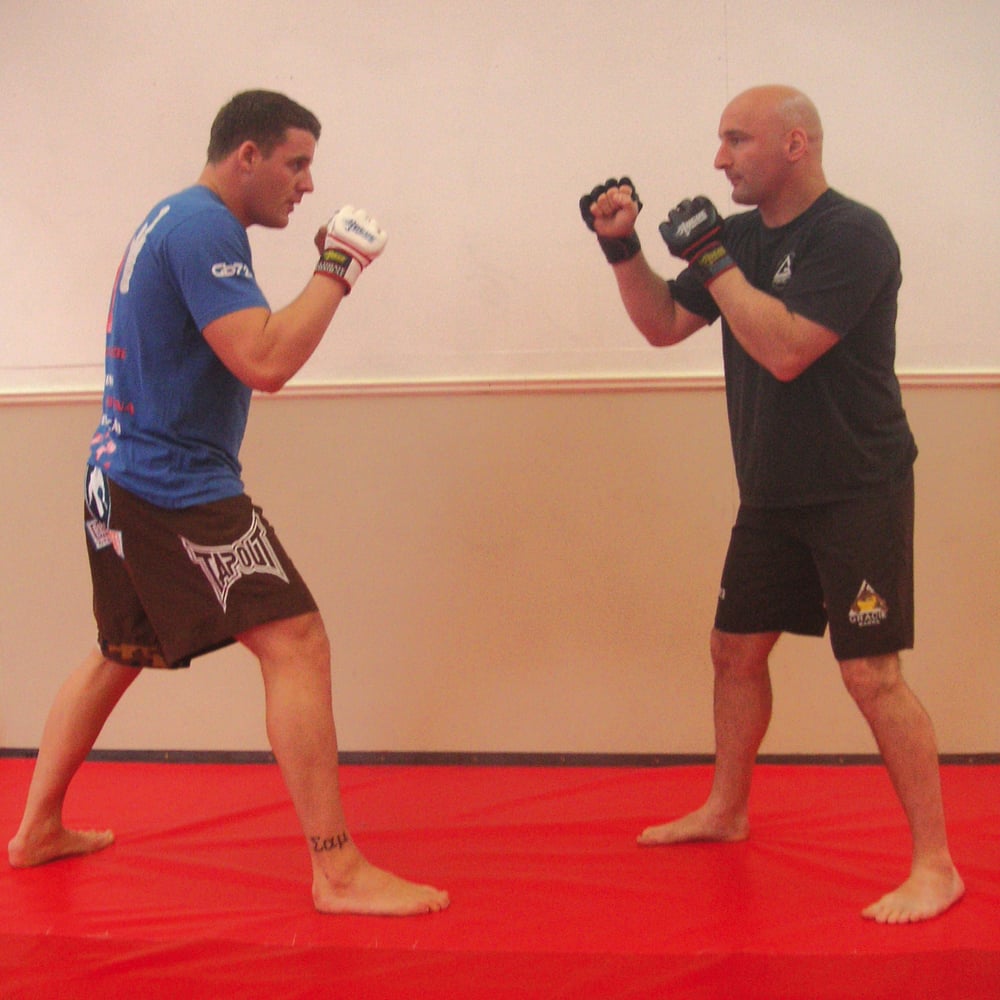
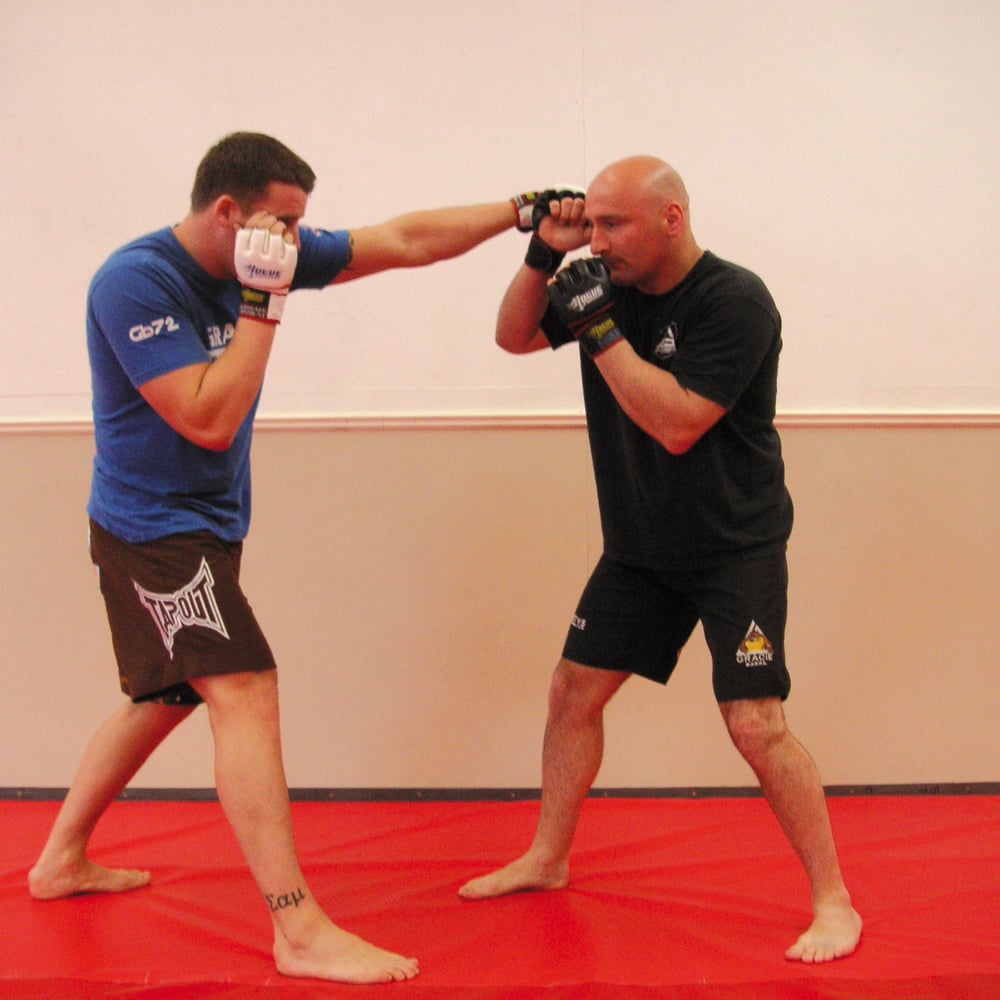
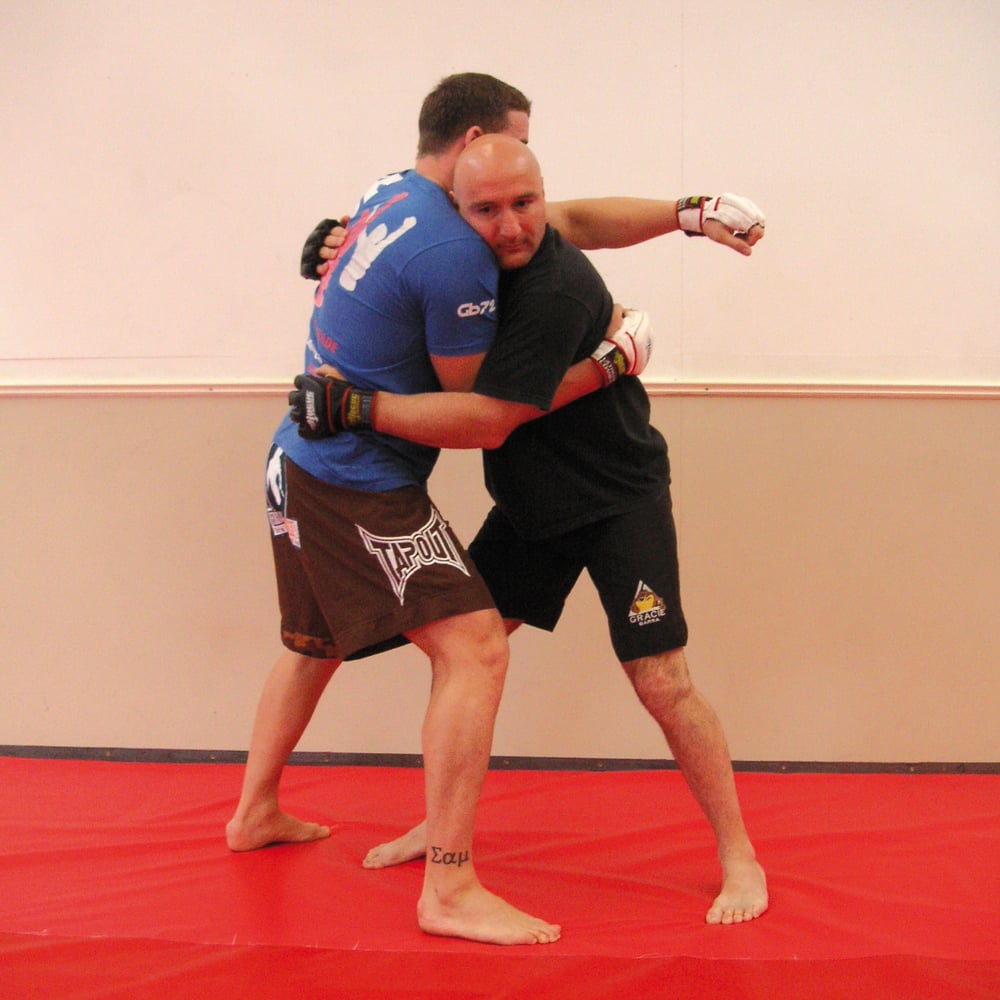
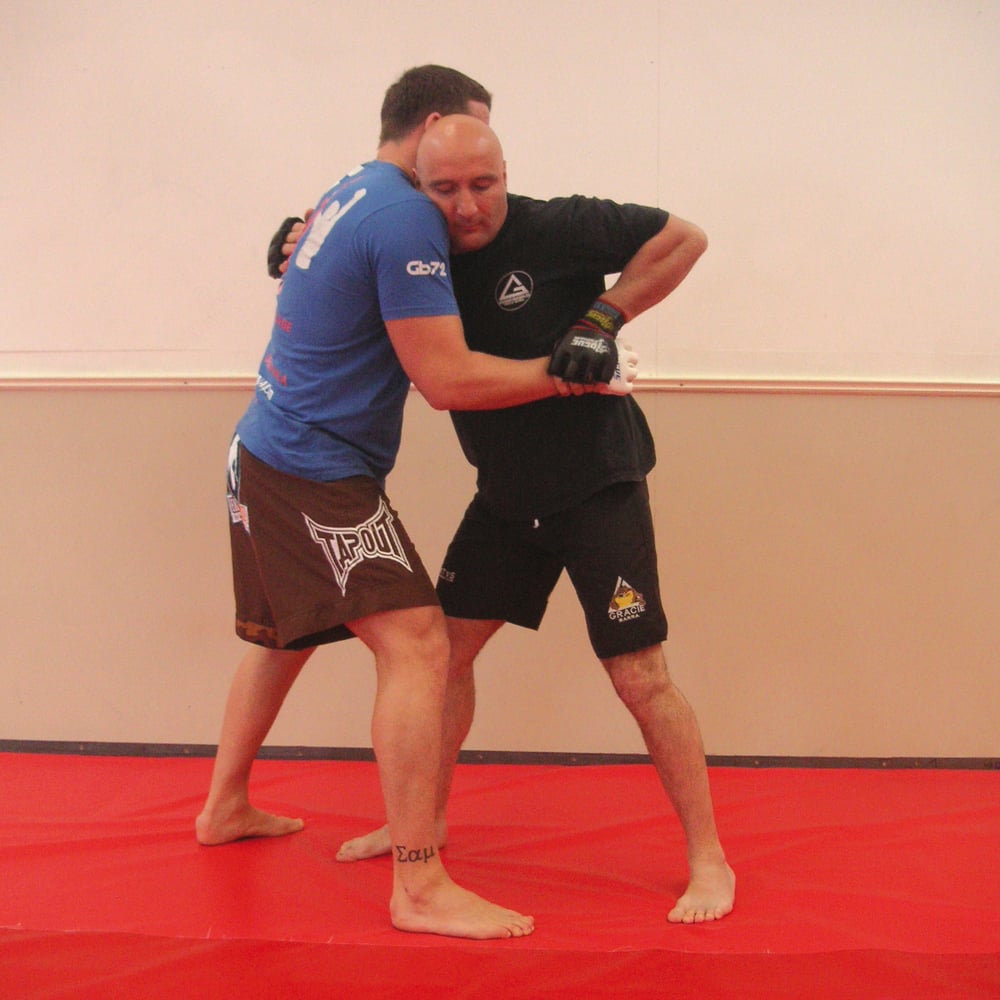
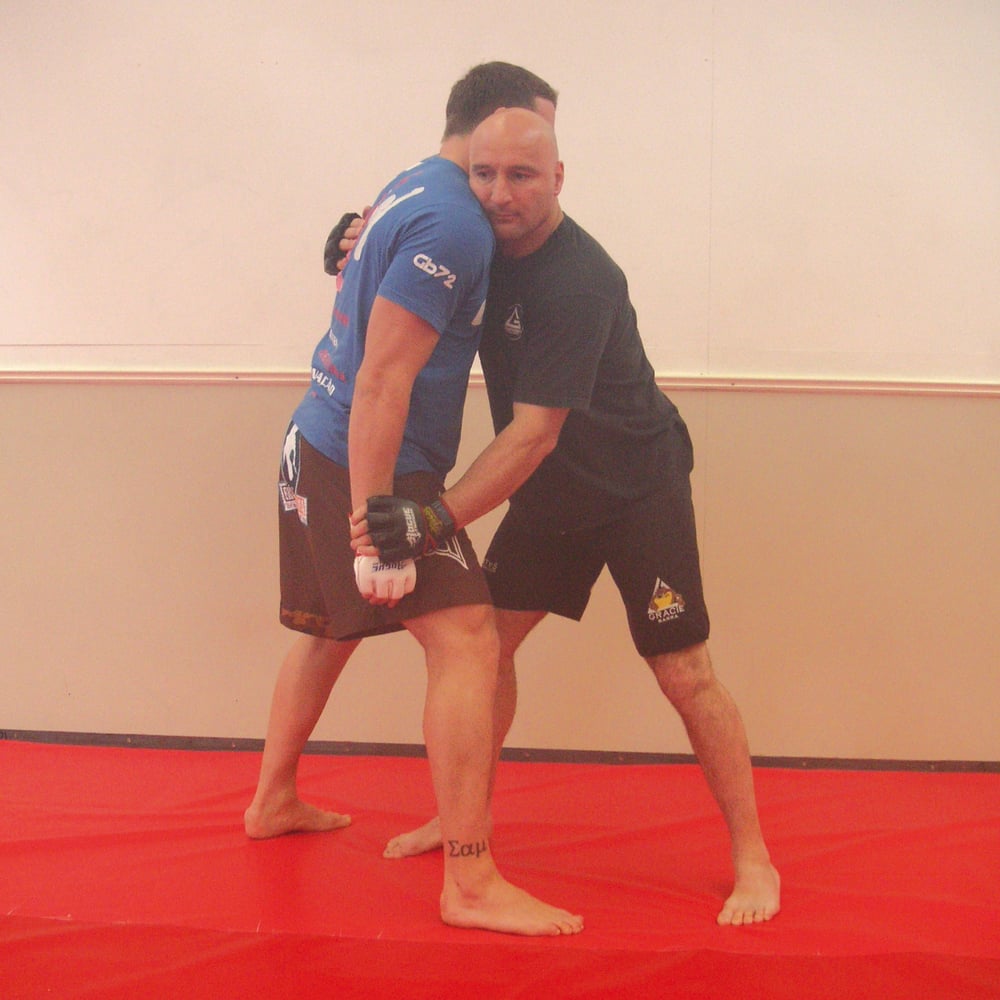

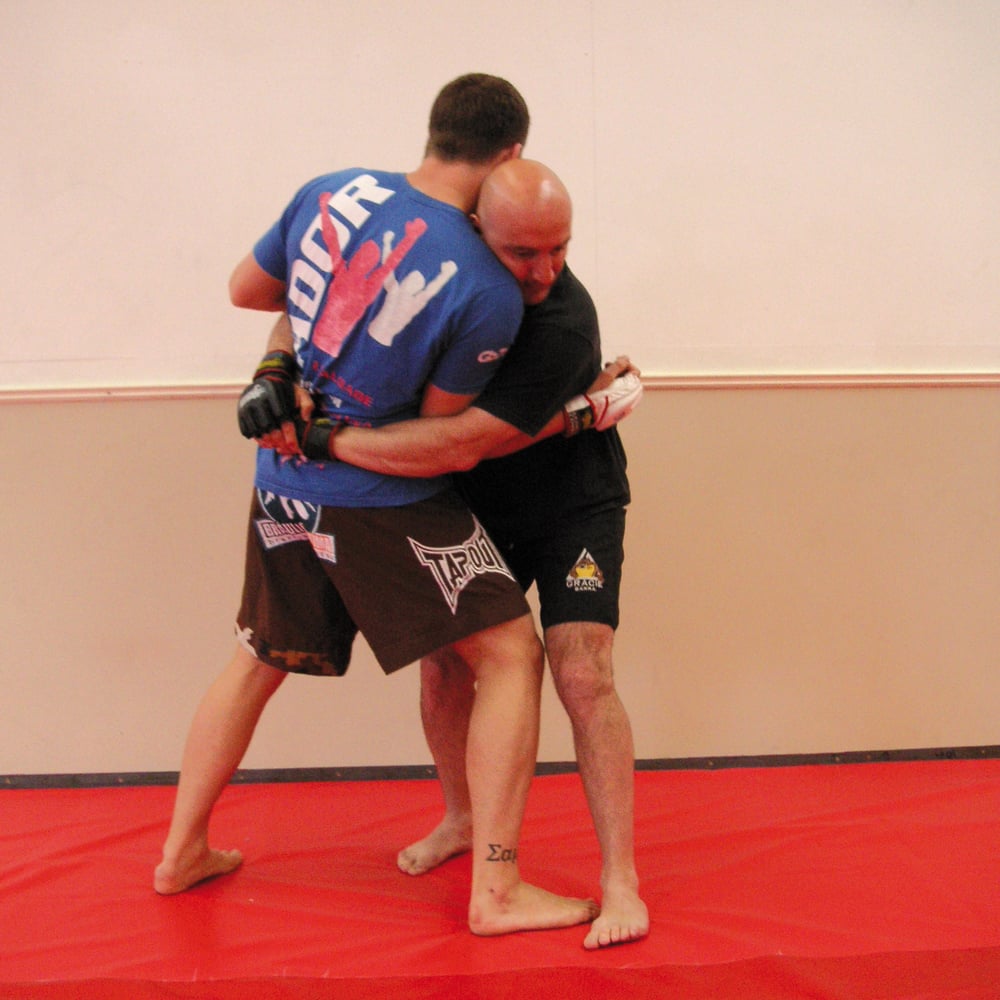
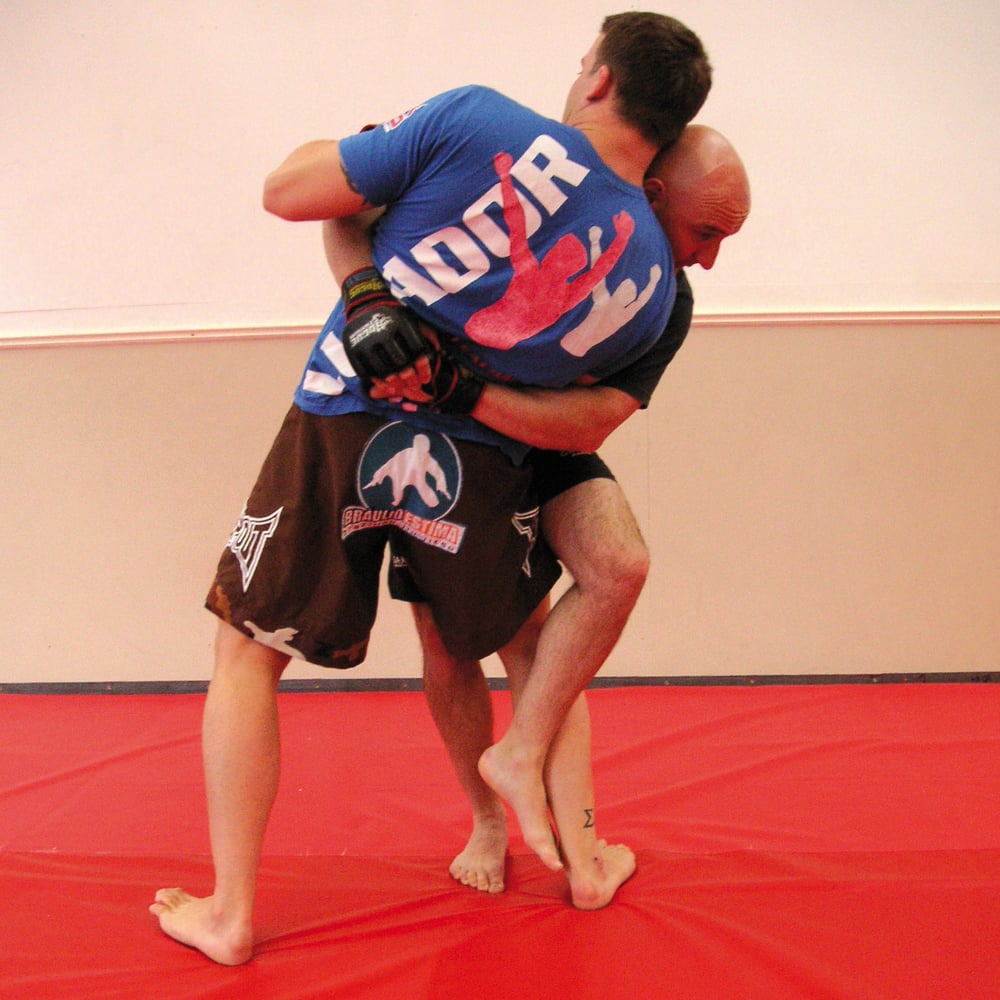
Kami-Shiho to Kata Gatame (North South to Arm Triangle choke)
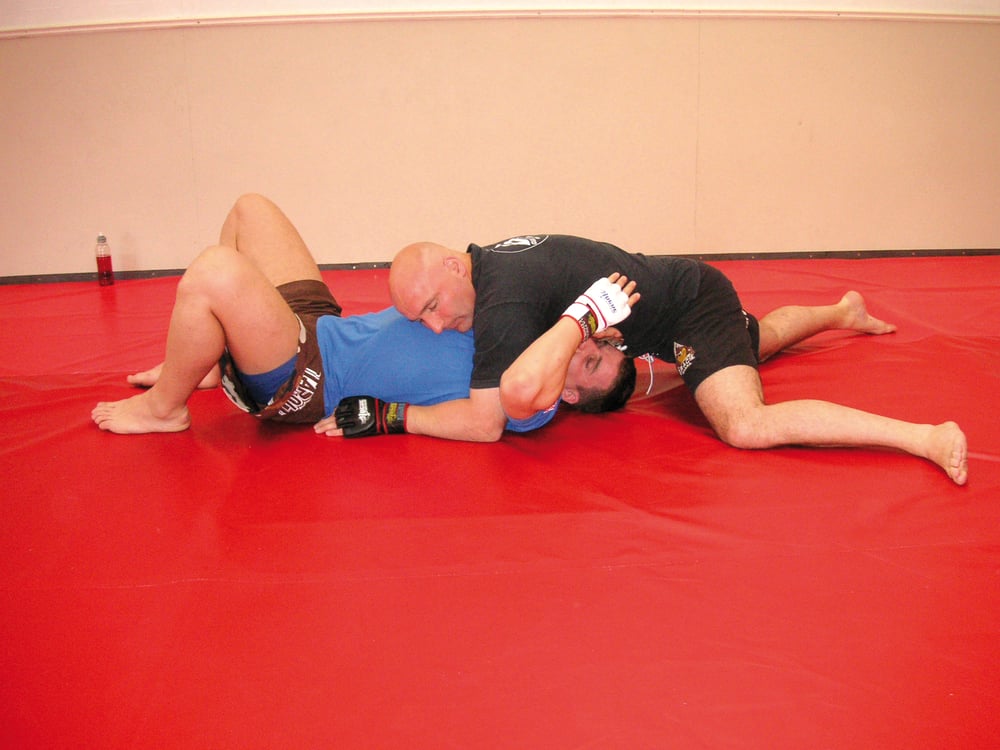
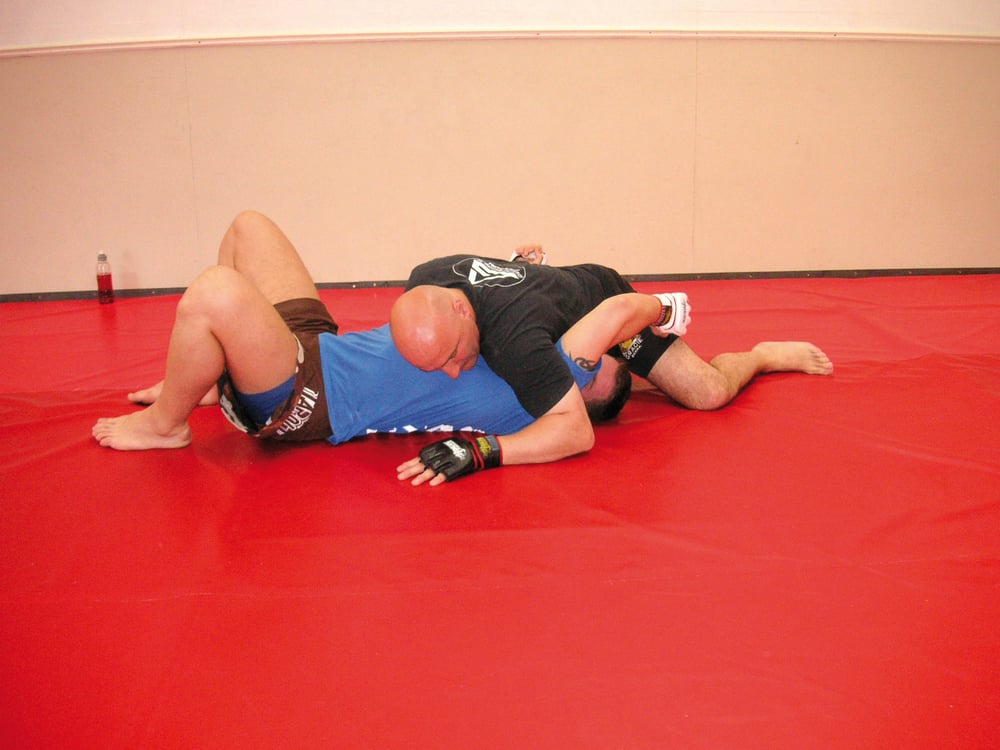
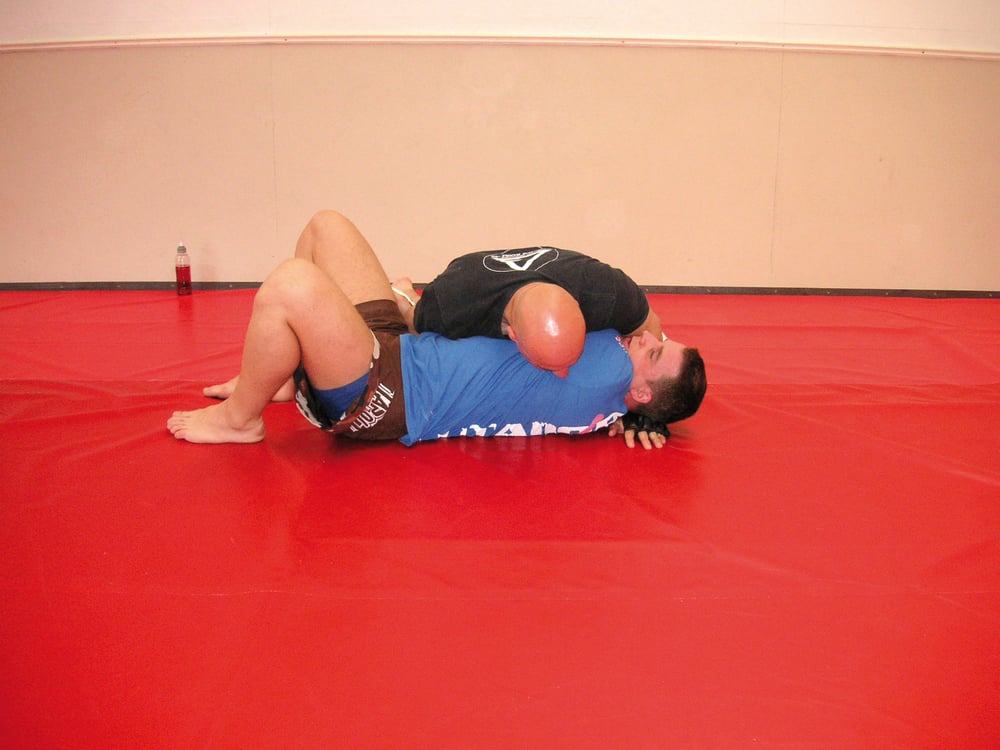
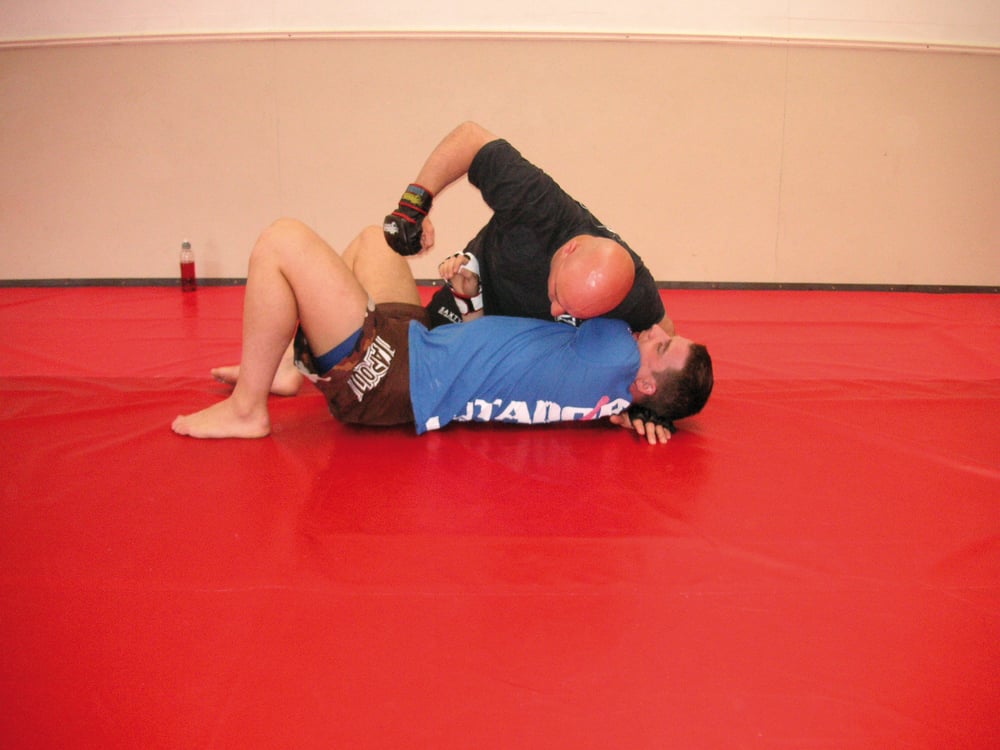
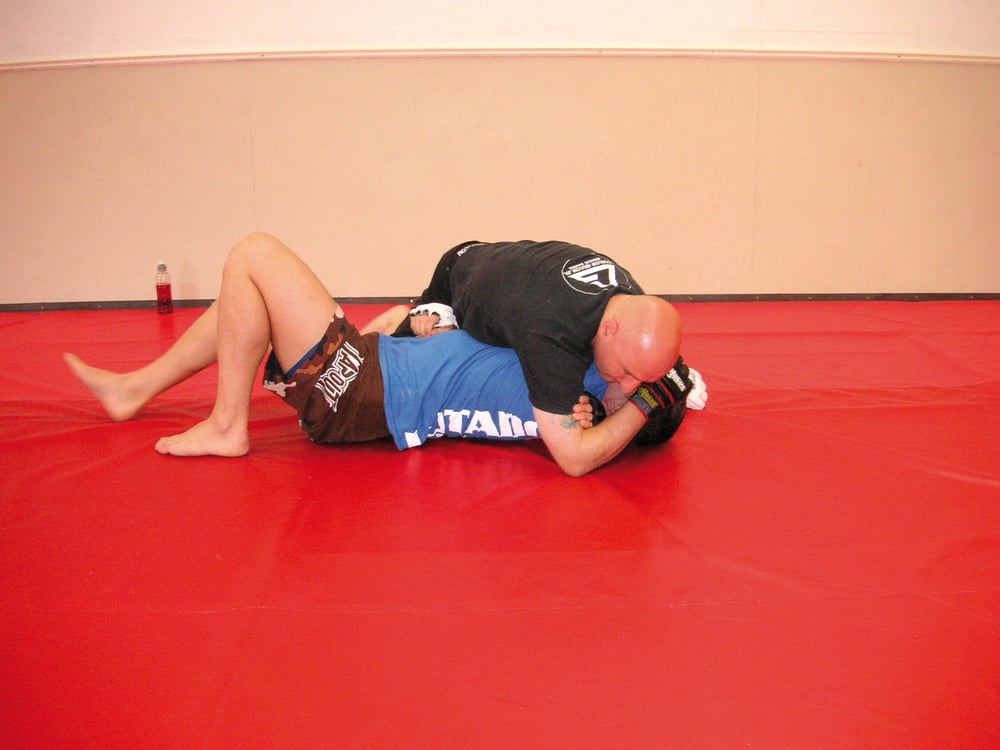
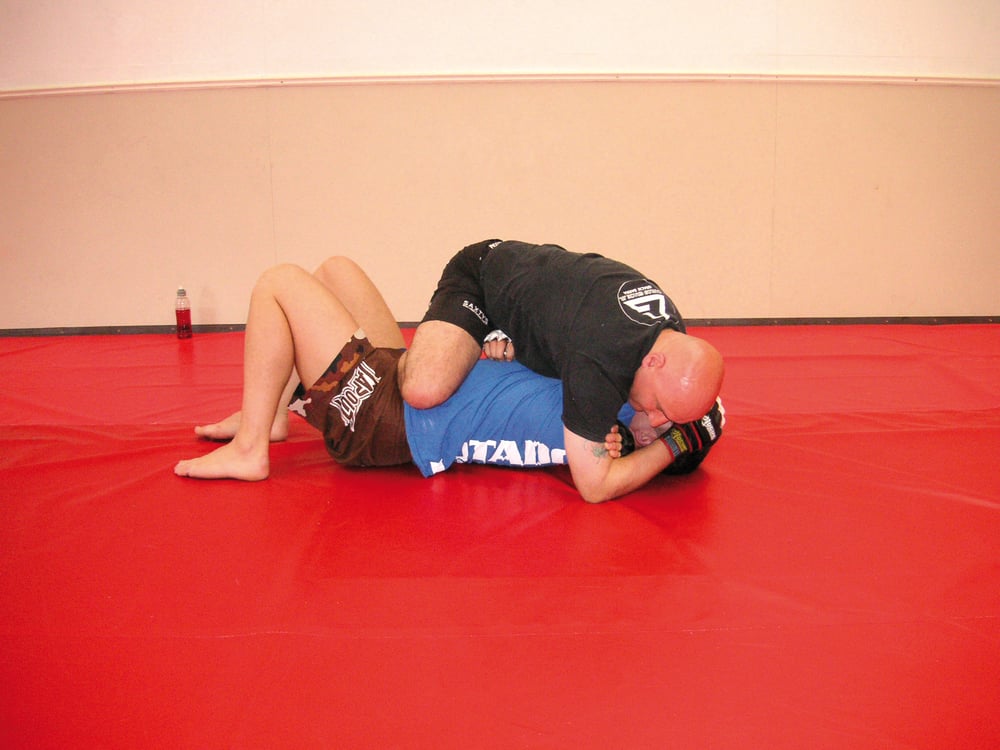
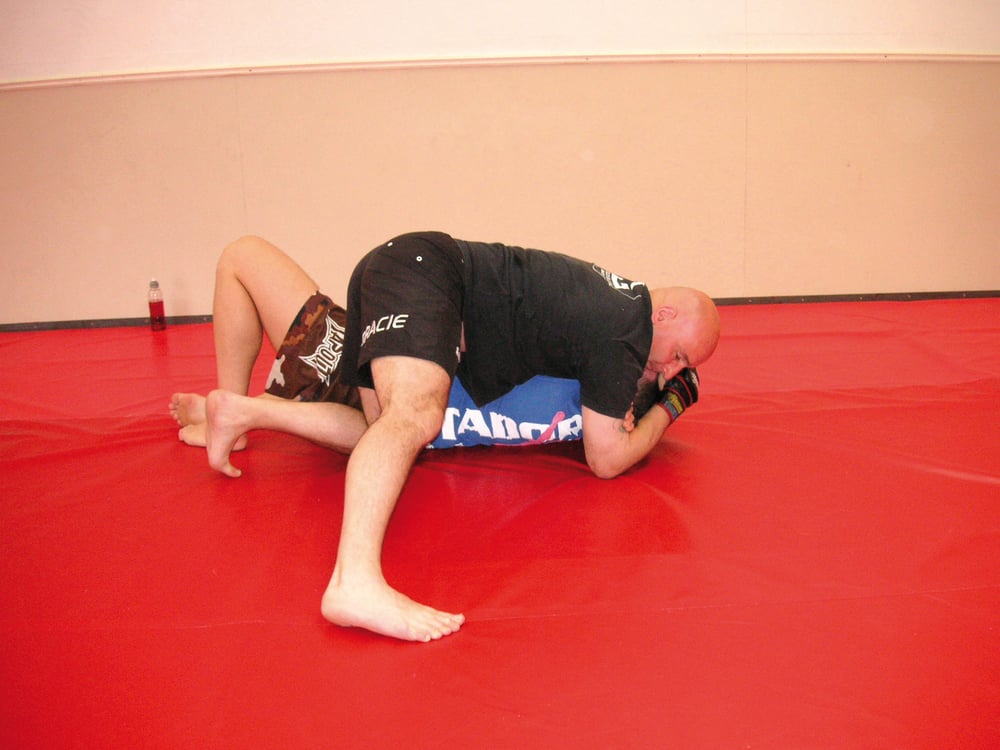

Tani Otoshi (Valley Drop)
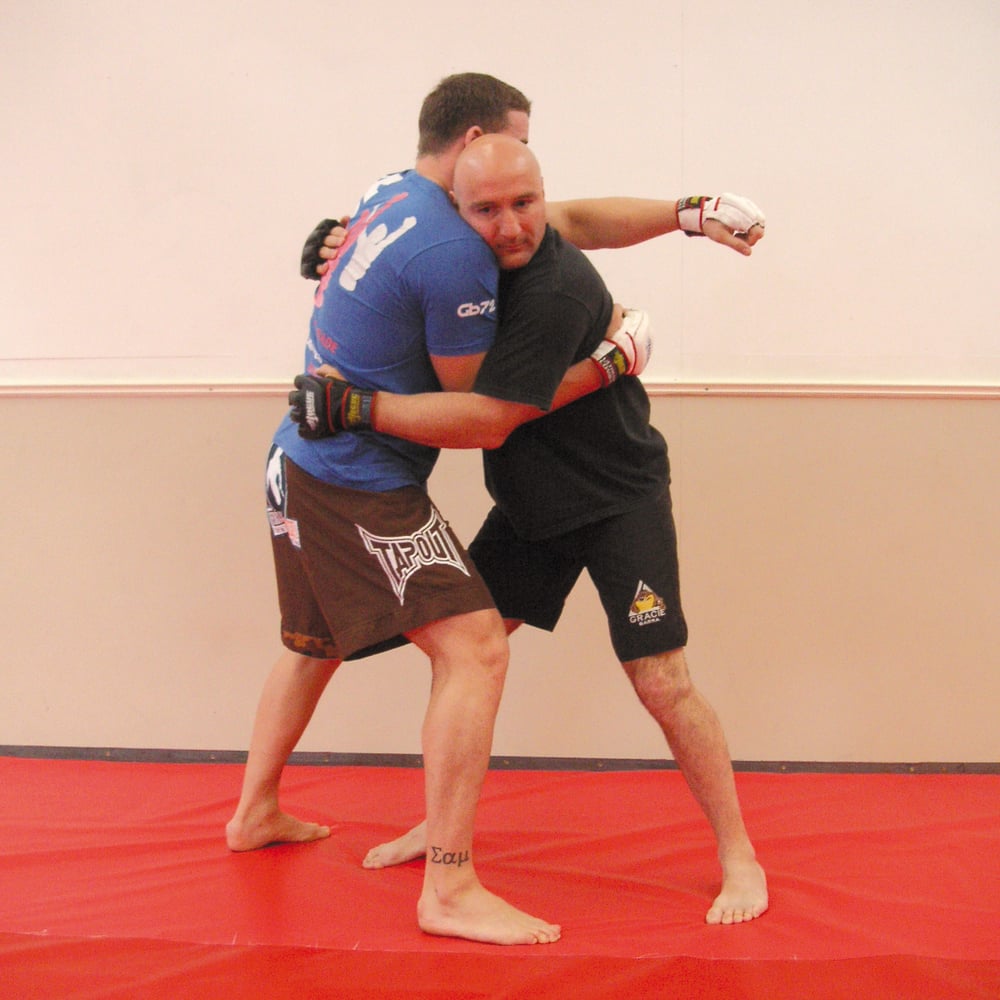
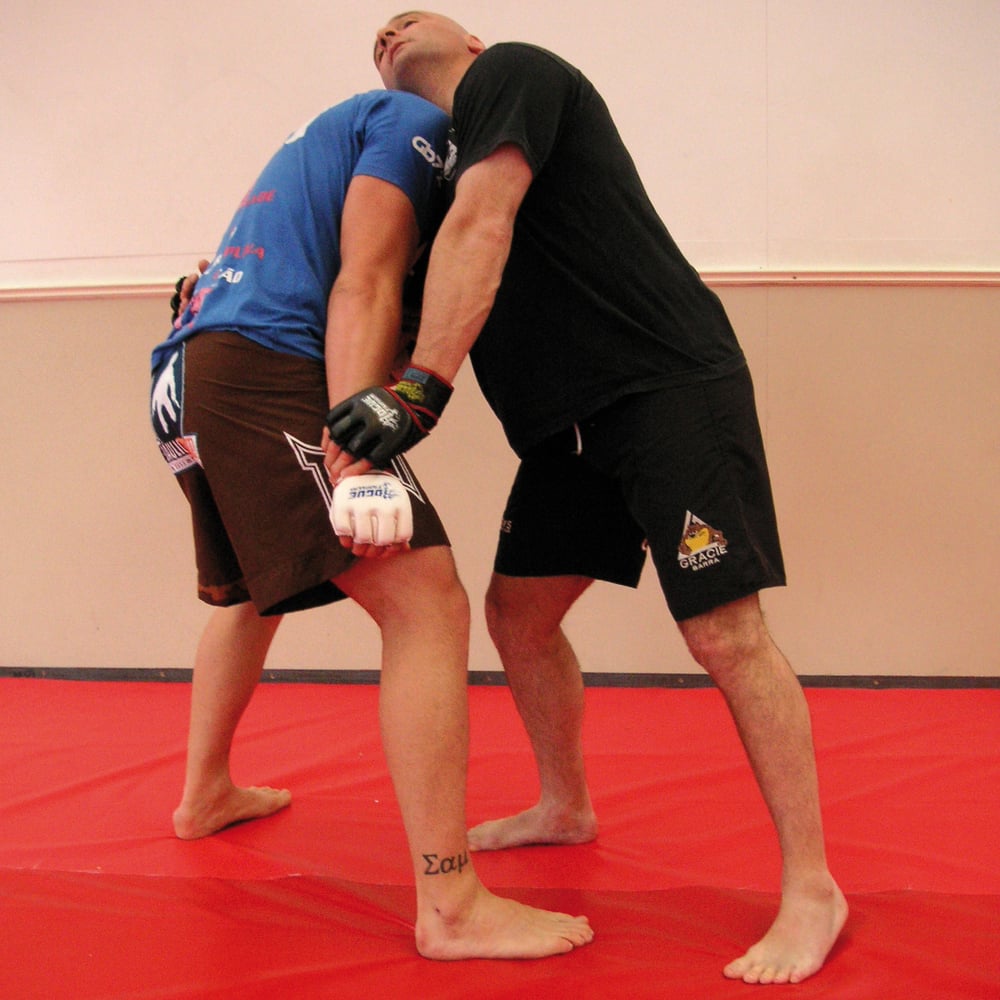
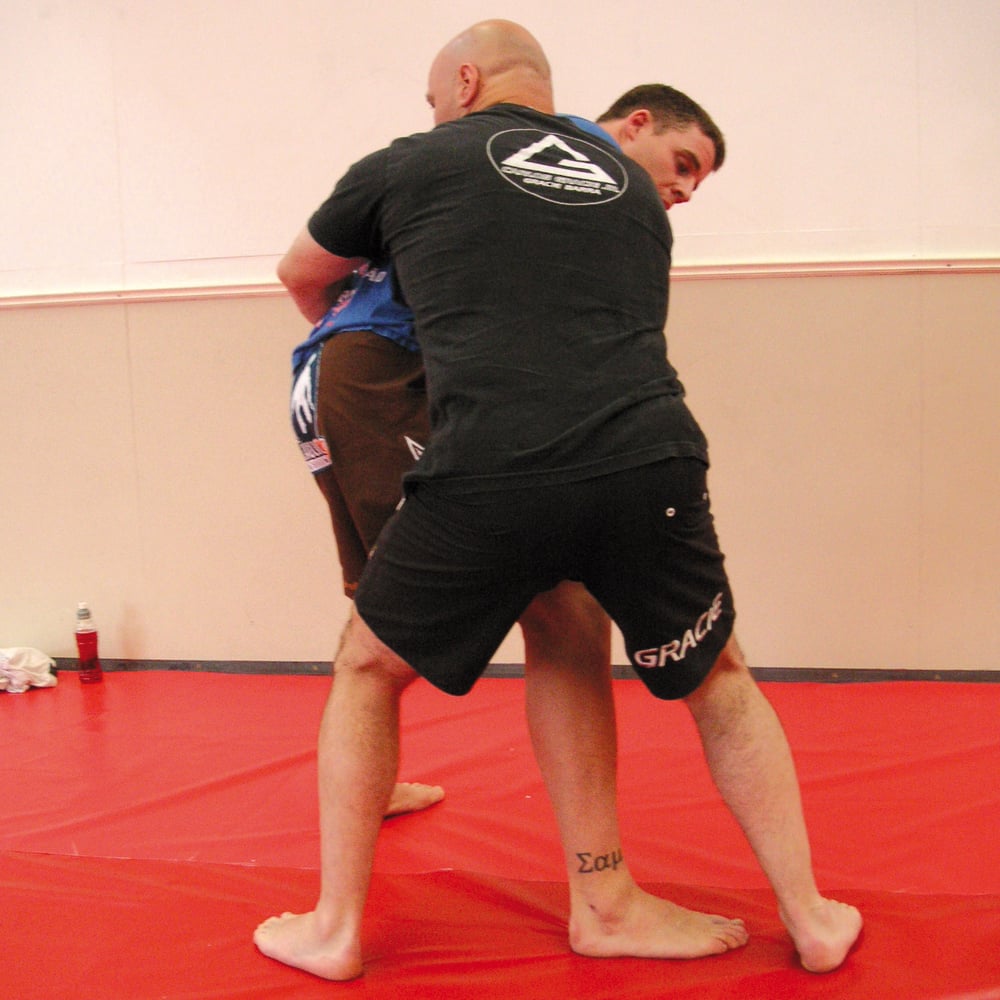
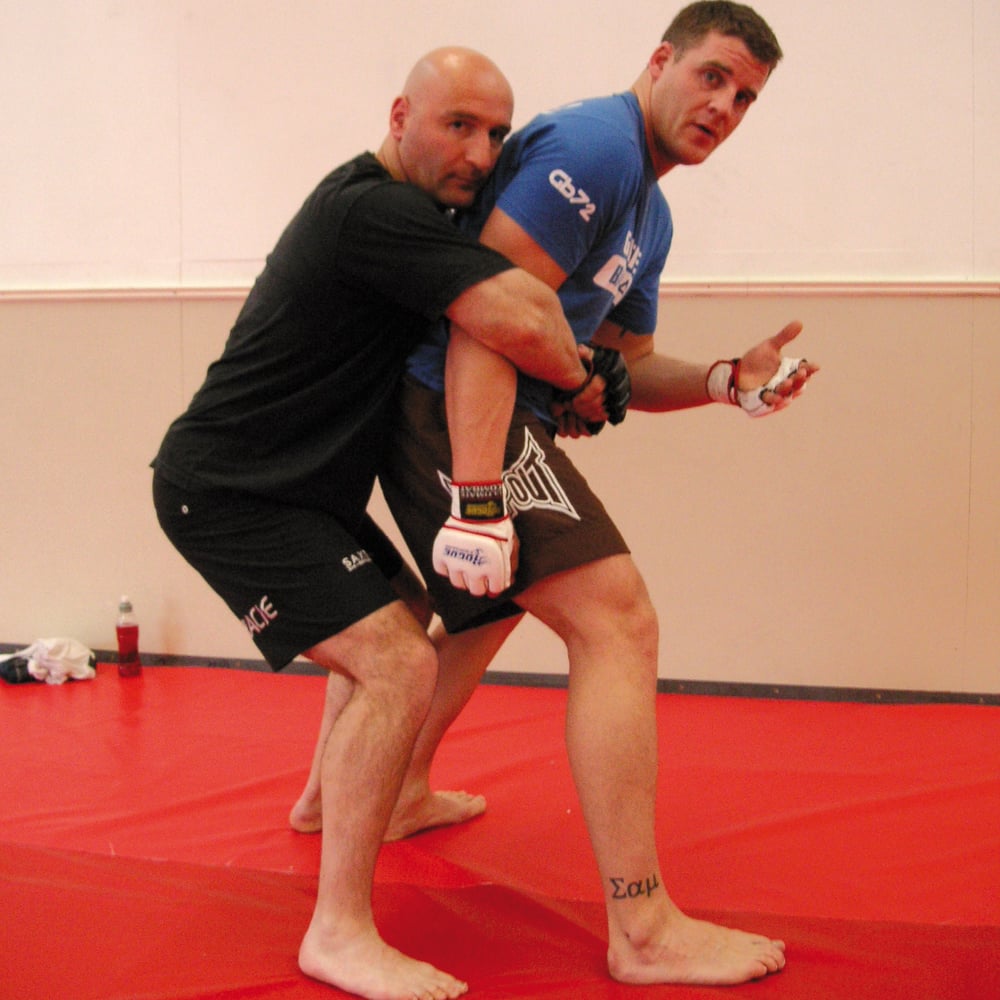
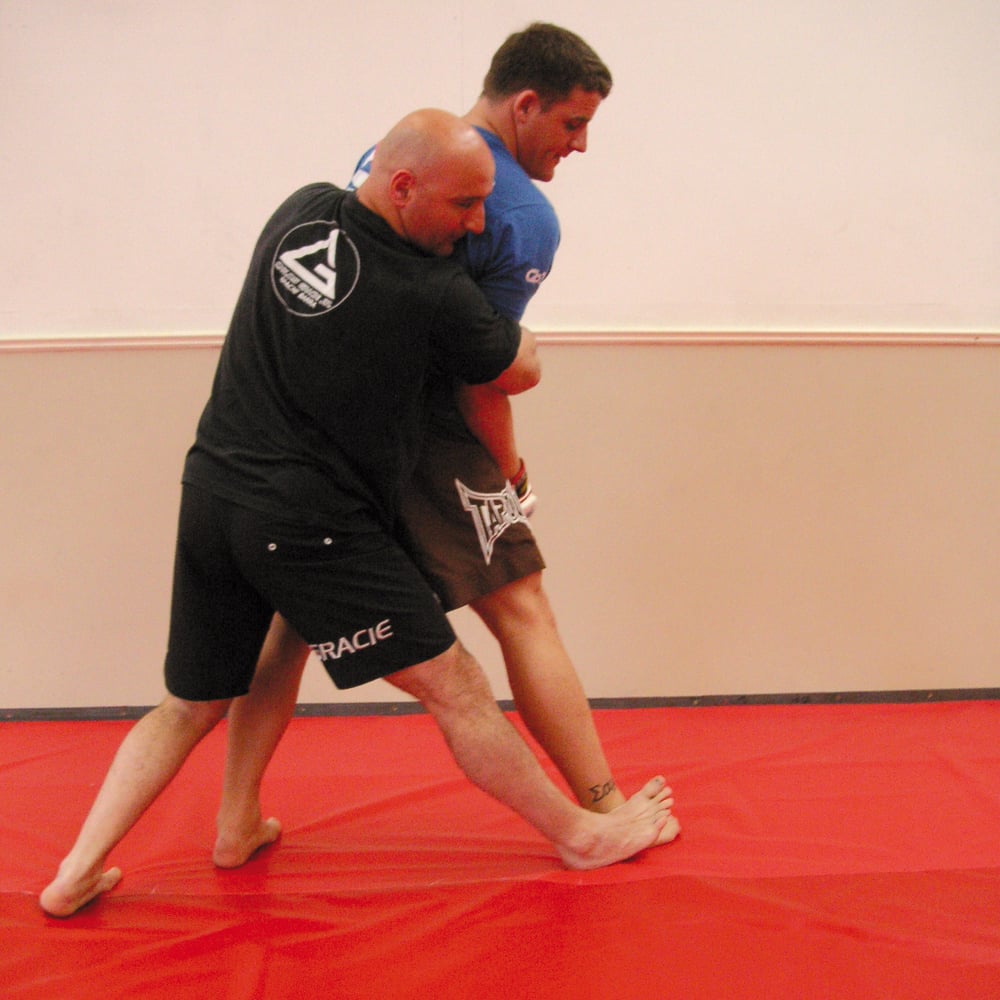
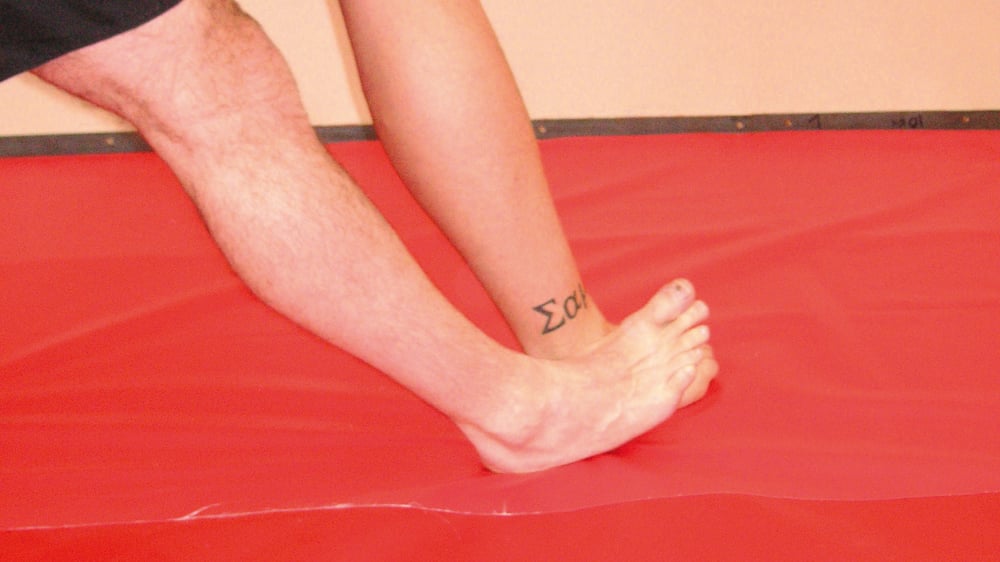
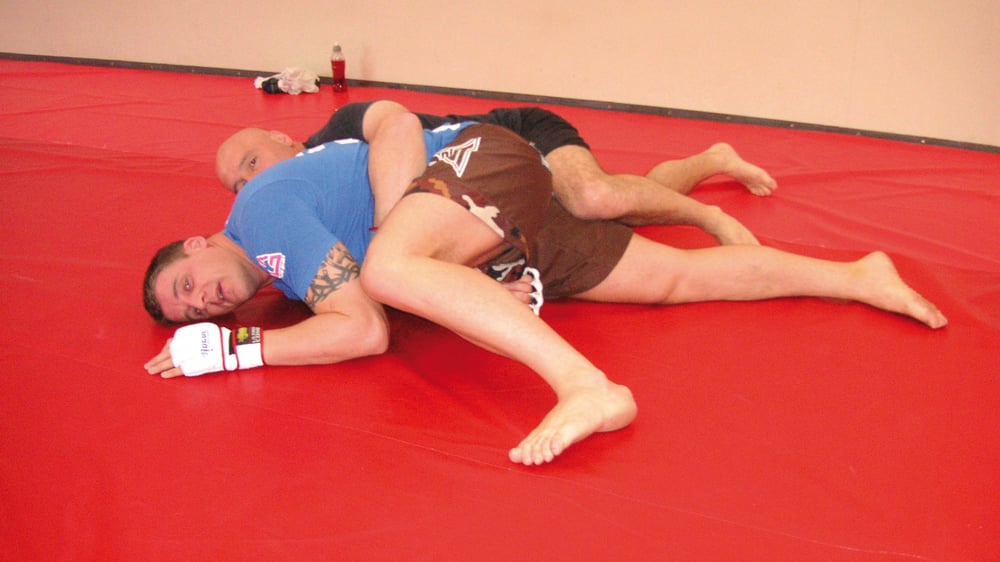
...










